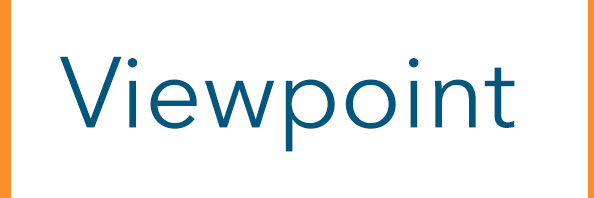Campus leaders use the college mission statement to guide decision-making, and new leaders at the beginning of their presidency often take the time to have campus members reaffirm the mission statement or adjust and update it to reflect current needs.

In general, these statements include something about learning — including meeting students where they are in terms of academic preparation, transfer, vocational occupations and community service. But how can mission statements set the direction for decision-making when many of the multiple missions of the community college compete for limited time and funding? How can leaders use the mission statement to guide change on campus?
Often, the mission statement is something campus members vaguely know about or only pay attention to when they are in the midst of strategic planning. Yet, these statements can provide a clear sense of direction when widely known and used. For example, some campuses print their mission statement on the backs of business cards or on campus signage. This visibility signals the central focus of the mission in the work of the campus. The mission statement can provide direction in decision-making, especially when making tough choices between competing options.
Defining the North Star
Every community college campus leader knows that the past decade highlighted the increased complexity involved in running a college and heightened competition for enrollment. True, nearly half of all students enroll in community colleges, but the massive declines in enrollment in systems around the country point out changes in college-going attendance. And, the public pressure to improve retention and completion rates remains high.
Today’s leaders must focus on improving student success, addressing equity in achievement outcomes, providing programs that result in living wages for graduates and meeting local labor needs. Crafting a mission statement that is widely embraced (and known) by everyone on the campus can provide the direction needed in making important decisions. The mission statement can serve as the arbitrator on questions of program expansion/contraction, which student support services to use, and starting new partnerships. Decisions should start with How does this serve our mission?
Charting options
Using the Aspen Institute definition of student success, we analyzed the 58 mission statements of the community colleges in North Carolina. We found that the bulk of the mission statements address labor market needs and academics, the bread and butter of community colleges. Interestingly, few statements made outright mention about access, rather assumed everyone understood the open-door feature of the community college. When reassessing mission statements, leaders can raise questions about access as core to mission with campus stakeholders. What is specified in the mission becomes especially important when using this statement to guide decisions.
Our review also highlighted how the colleges in North Carolina clearly put students at the center of their mission — focusing on their success and their learning. Yet, equity was seldom mentioned. The need to address equity — in terms of admission, progression and completion is critical. Naming equity in the mission statement can provide a critical component in making campus operations inclusive. Asking questions such as How do historically underrepresented minorities fare? What student groups are succeeding? can help inform campus decisions.
Using frameworks of the Aspen Institute, Achieving the Dream or state system offices can provide a template that helps operationalize the steps needed to fulfill the college’s mission. State system offices have a more direct influence on college mission based on the needs of the state, however, the national organizations that seek to improve student success outcomes can provide support to a president and board to improve their equity outcomes, beginning with mission alignment. Therefore, it is important to address local, community needs (e.g., academic programming, labor market), and equally critical to look up and out to see a national perspective in informing the mission.
This dual approach is particularly important as many community colleges are explicitly placing themselves in a global economy. A call to action exists to address issues of equity on campus, and the mission statement provides an opportunity for establishing this action as a guiding star in decision-making.
Action plan
Campus leaders can use the following prompts as they contemplate reassessing their mission statements to use them more intentionally in decision-making.
What is core to our mission?
- How do the historic features of community colleges (e.g. open-door access, transfer, vocational training, community development) align with current needs?
- How does our mission uphold democratic values and build an informed citizenry?
- How does the mission statement signal our commitment to equity?
How do we make sure everyone knows our mission statement?
- In what ways do mid-level leaders share the mission statement with faculty and staff?
- Do campus stakeholders feel like they have had a part in creating the mission statement?
- Is the statement simple enough to recite?
What alignment exists between the mission statement and the strategic plan?
- Does the strategic plan have measurable outcomes that align with core elements in the mission statement?
- Does the strategic plan have individuals identified that are accountable for results?
How is the mission used in guiding decision-making on campus?
- Do budget decisions align with supporting the mission?
- Do curriculum decisions align with supporting the mission?
- Do decisions on commitments to partnerships and collaborations align with supporting the mission?
Even though this listing is not comprehensive, campus leaders can use it as a starting point as they reexamine current mission statements with a view of defining their North Star.
* * *

(From left) Pamela L. Eddy is a professor of higher education at William & Mary, and Karen J. Haley is a professor of educational leadership policy at Portland State University. Both are faculty affiliates at the Belk Center for Community College Leadership and Research at the University of North Carolina State University. Jemilia S. Davis is a clinical assistant professor at the University of North Carolina Chapel Hill and Andrea L. DeSantis is a senior workforce development analyst at the North Carolina Department of Commerce. Davis and DeSantis are formerly of the Belk Center.

